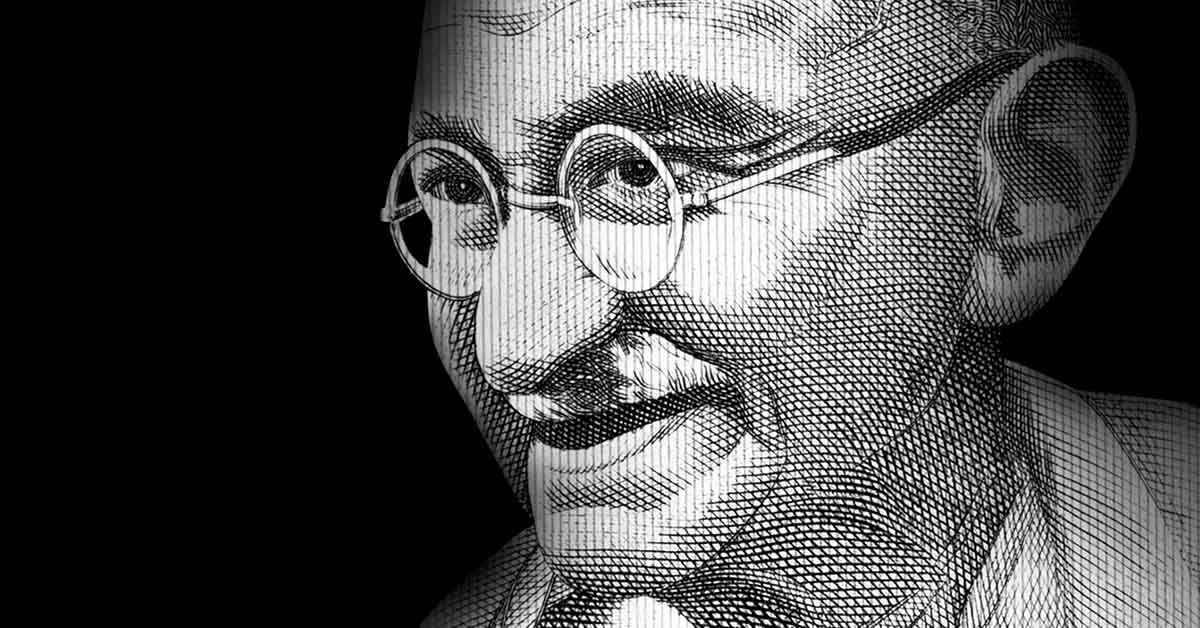History is a subject that has fascinated many people for centuries. However, despite being a subject of great interest, history is often filled with inaccuracies and misconceptions. Unfortunately, many of these lies about history are still taught in schools today, perpetuating the myths that have been passed down through generations. Here are ten popular lies in history that are still blieved today. Some of these are even taught in schools today.
Christopher Columbus Discovered America
For many years, Christopher Columbus was credited with discovering America, but this is far from the truth.1 The Americas were already inhabited by indigenous peoples for thousands of years before Columbus arrived. He was not even the first European to set foot on American soil. The Viking explorer Leif Erikson had already established a colony in North America centuries before Columbus arrived.
Thomas Edison Invented the Light Bulb and Electricity
Thomas Edison is often credited with inventing electricity, but this is a gross oversimplification. Edison did invent many electrical devices, but he did not discover or invent electricity itself. In fact, electricity had been studied and experimented with for over a century before Edison began working on electrical inventions. One of Edison’s contemporaries, Nikola Tesla, made significant contributions to the development of electrical power.2
Tesla filed his own basic patents for alternating current (AC) generators, transformers, and motors, which Edison vehemently opposed. Despite this opposition, AC power eventually became the dominant electrical system, and Tesla’s contributions to the development of electricity cannot be overlooked. Additionally, Edison filed his own basic patent for the incandescent light bulb in 1879, but he did not invent the light bulb. The incandescent light bulb had been invented by Joseph Swan in England in 1878, and other inventors had been working on similar devices for years.3
The Salem Witch Trials Were About Witches
The Salem Witch Trials are often depicted as a dark chapter in American history where innocent women were accused of witchcraft and burned at the stake. While the trials did result in the deaths of innocent people, it was not about them ‘being witches’. The trials were actually the result of a combination of religious hysteria, political tensions, and personal vendettas. Additionally, people were hanged, not burned.
Abraham Lincoln Freed the Slaves
Abraham Lincoln is often portrayed as a champion of civil rights who freed the slaves, but this is not entirely accurate. While Lincoln did sign the Emancipation Proclamation in 1863, it did not actually free any slaves. The proclamation only applied to states in rebellion against the Union, and it was not until the passage of the 13th Amendment in 1865 that slavery was abolished in the United States.
The Great Wall of China Is Visible From Space
The Great Wall of China is often described as one of the few man-made structures visible from space, but this is not entirely true. While the wall is an impressive feat of engineering, it is not visible from space with the naked eye unless conditions are just right.
Read: People Share What They Think Are the Biggest Mistakes in Human History
Marie Antoinette Said “Let Them Eat Cake”
One of the most famous lies in history, Marie Antoinette is often portrayed as an out-of-touch queen who famously said, “let them eat cake” when informed that the people of France were starving. However, there is no evidence to suggest that she ever said this. The phrase was actually first attributed to a French princess several decades before Marie Antoinette’s reign.4
Napoleon Was Short
Napoleon is often depicted as a short man, but this is not entirely true. His height was listed at 5’2, but the French system at the time measured an inch longer than it is currently measured. Napoleon actually stood at 5’5 – by no means a giant, but just barely under the average height at the time.5 The myth of his short stature can be traced back to British propaganda, which portrayed him as a small, belligerent man.
The First Thanksgiving Was a Peaceful Gathering Between Pilgrims and Native Americans
The first Thanksgiving is often depicted as a peaceful gathering between Pilgrims and Native Americans, but this is not entirely accurate. While the event did involve a feast between the two groups, it was not a harmonious event. The Pilgrims were celebrating their successful harvest, while the Native Americans were mourning the loss of their land and people due to European colonization.
The American Civil War Was Fought Over States’ Rights
The American Civil War is often portrayed as a war fought over states’ rights, but this is a gross oversimplification. While states’ rights played a role in the conflict, the primary cause of the war was slavery. The Southern states seceded from the Union in order to protect their economic system of slavery, and the war was fought to preserve the Union and ultimately to end slavery.
Mahatma Gandhi Was a Saintly Figure
Mahatma Gandhi is often portrayed as a saintly figure who led India to independence through non-violent means. While Gandhi did play a significant role in India’s struggle for independence, his legacy is more complicated than this simplistic portrayal. Gandhi held some controversial views, including his belief in the caste system and his more than peculiar practices around his grandniece.6 He was also accused of being racist towards black Africans during his time in South Africa. It is important to acknowledge Gandhi’s flaws and recognize that he was a complex figure who is not without criticism.
These ten lies about history are just a few examples of the many inaccuracies and misconceptions that continue to be taught in schools today. It is important to challenge these myths and strive for a more accurate understanding of the past. By doing so, we can gain a deeper appreciation for the complexity of history and the lessons it can teach us about ourselves and our world.
Keep Reading: MIT Predicted in 1972 That Society Will Collapse This Century. Research Shows We’re on Schedule
Sources
- “30 ‘facts’ you learned in school that have since been proven wrong.” Insider. Jacob Shamsian and Olivia Singh. Sepember 28, 2018.
- “Who Invented Radio?” PBS
- “18 History Lessons Your Teacher Lied to You About.” Reader’s Digest. Elisa Roland. June 2, 2022.
- “Did Marie-Antoinette Really Say “Let Them Eat Cake”?” Britannica. John M. Cunningham
- “Was Napoleon Short? Origins of the ‘Napoleon Complex’” History
- “Gandhi Is Deeply Revered, But His Attitudes On Race And Sex Are Under Scrutiny.” NPR.
Lauren Frayer. October 2, 2019.

